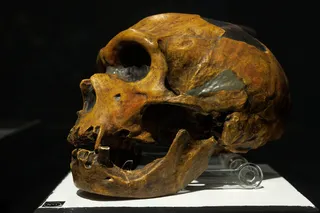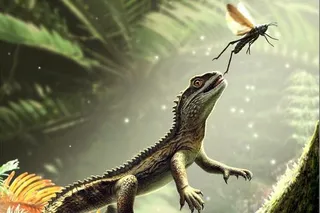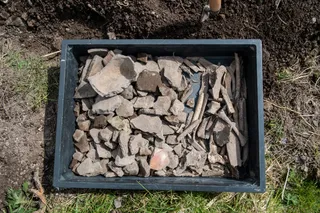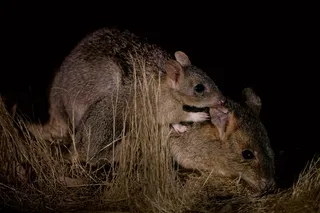Scavenging behavior of Lynx rufus on human remains during the winter months of Southeast Texas. "Animal-scavenging alterations on human remains can be mistaken as human criminal activity. A 32-day study, documenting animal scavenging on a human cadaver, was conducted at the Southeast Texas Applied Forensic Science facility, Sam Houston State University, Huntsville, Texas. A Stealth Cam Rogue IR was positioned near the cadaver to capture scavenging activity. An atypical scavenger, the bobcat, Lynx rufus, was recorded feeding on the cadaver. Scavenging by bobcats on human remains is not a predominant behavior and has minimal documentation. Scavenging behaviors and destruction of body tissues were analyzed. Results show that the bobcat did not feed on areas of the body that it does for other large animal carcasses. Results also show the bobcat feeds similarly during peak and nonpeak hours. Understanding the destruction of human tissue and covering of the body with leaf ...
NCBI ROFL: Bobcats eating cadavers. Now THAT's science.
Discover the scavenging behavior of Lynx rufus on human remains and its implications for forensic studies.
More on Discover
Stay Curious
SubscribeTo The Magazine
Save up to 40% off the cover price when you subscribe to Discover magazine.
Subscribe












